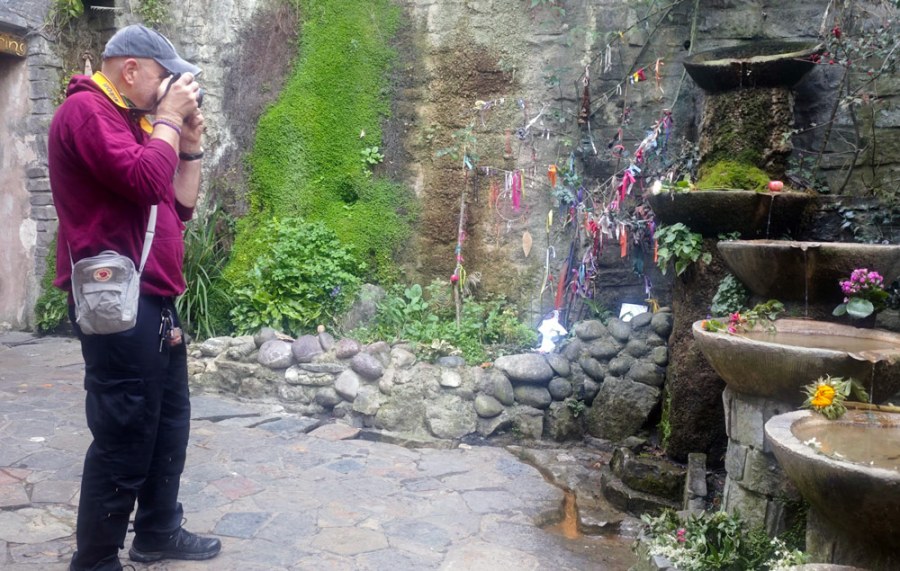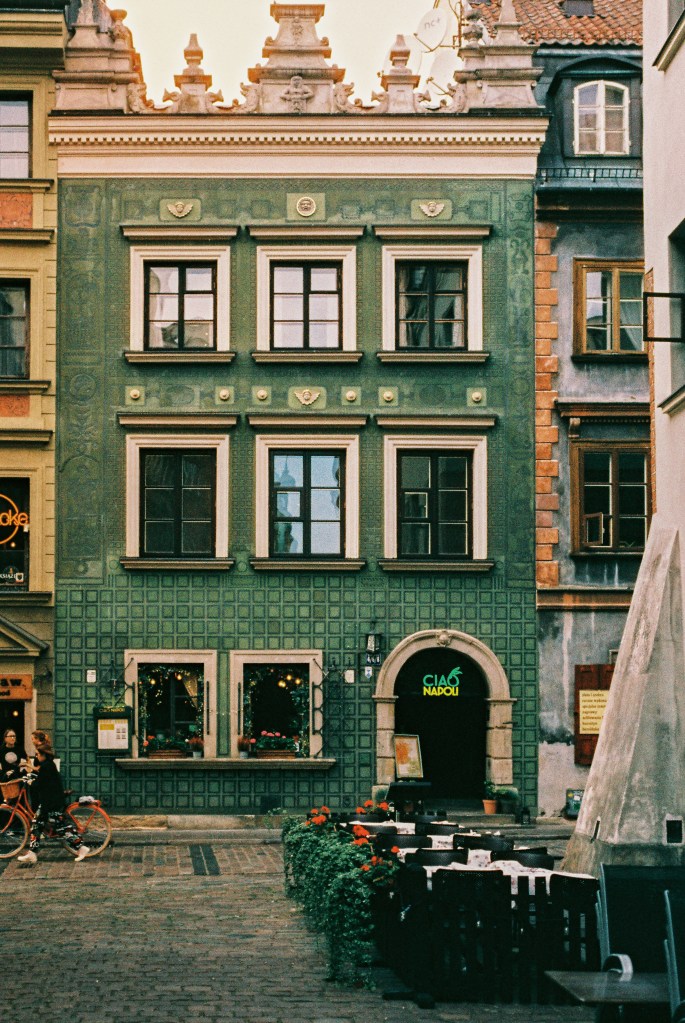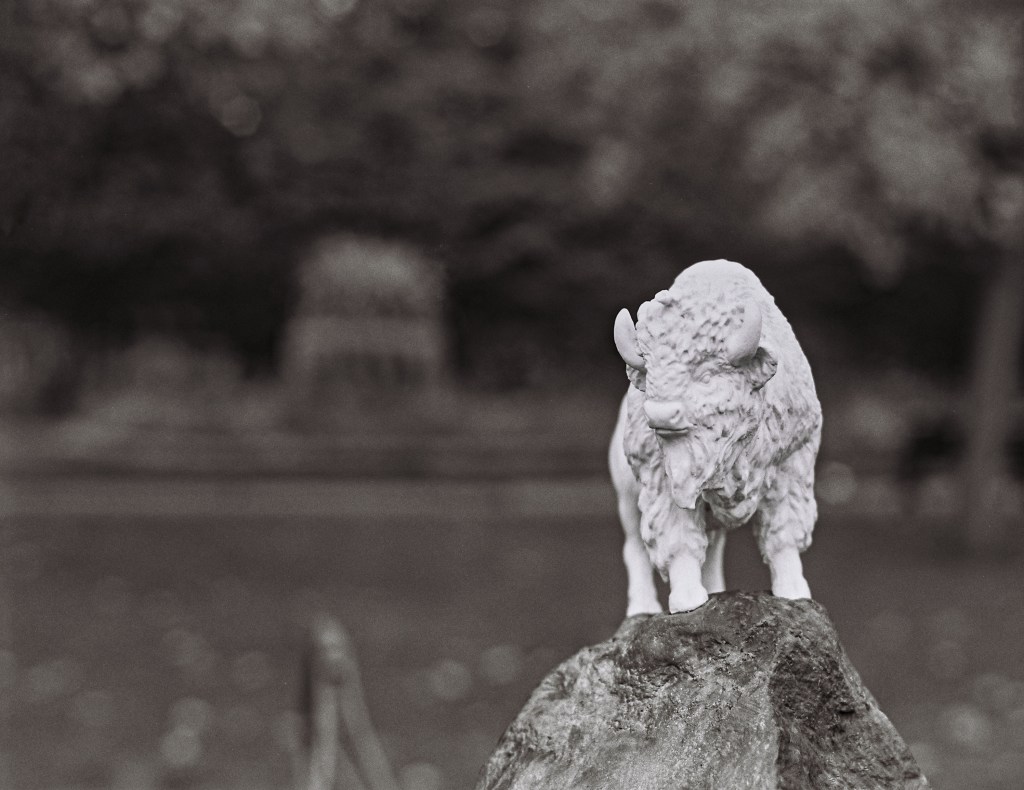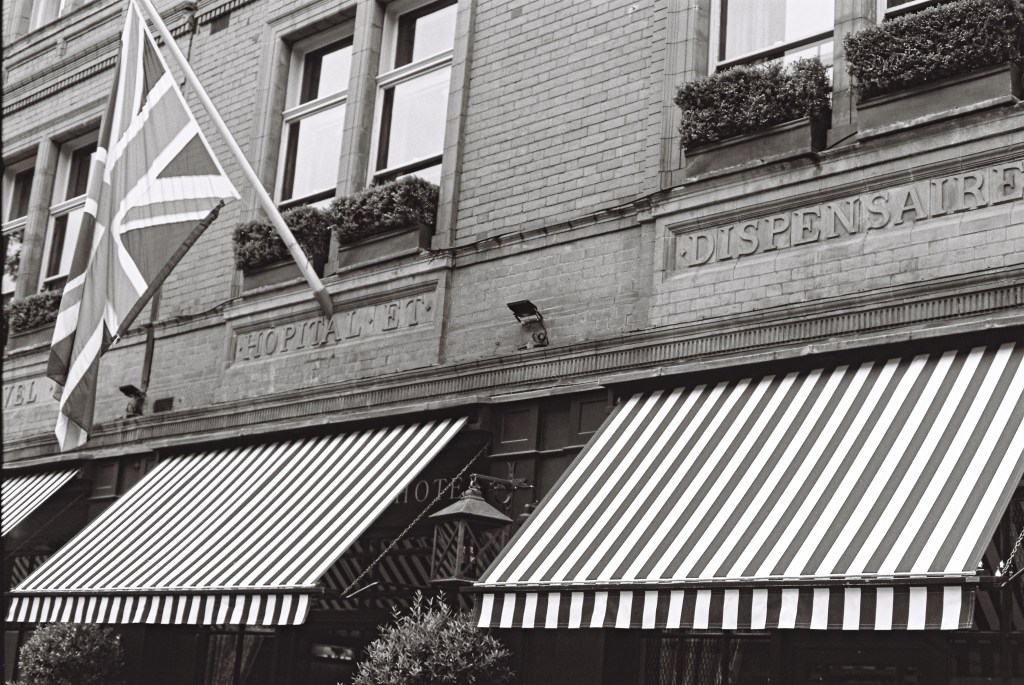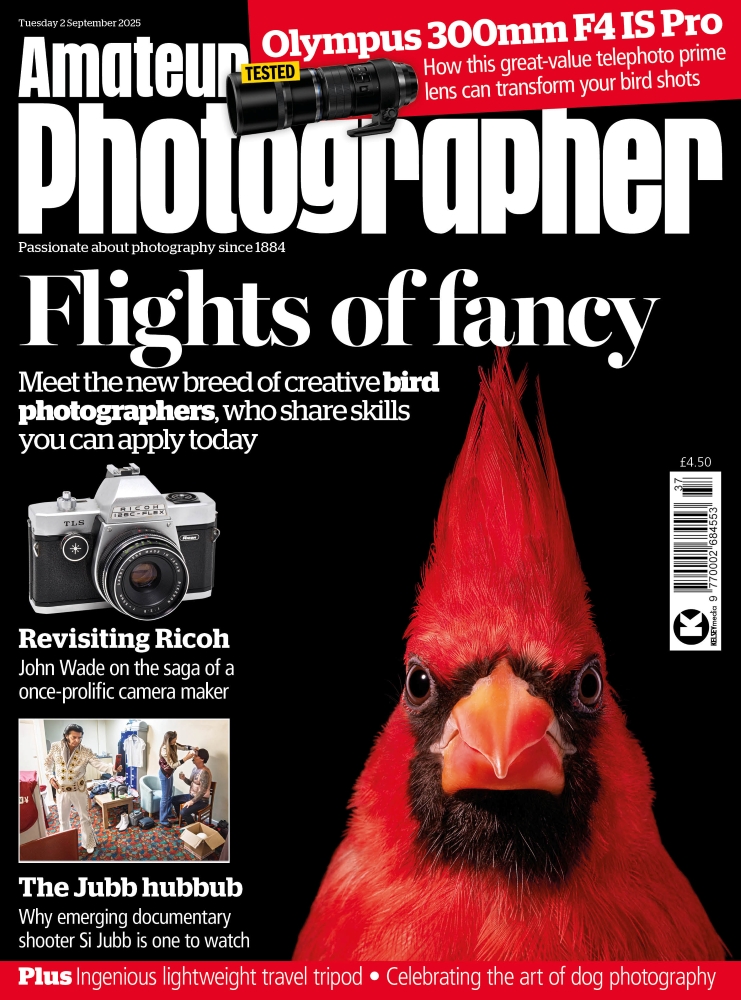‘List-i-cles’ – the Internet is full of them. When perusing lists of the best SLR film cameras, you tend to see the same old names, such as the Canon AE-1, Nikon FE and a host of gear from Pentax.
While these are great cameras, often with charming retro design, I sometimes feel that many younger photographers/hipsters are more concerned about the look of a film camera rather than its actual performance, ease of use and value for money.
I am not interested in paying a premium for old-school neck bling, I just want a tough, easy to use and reliable film SLR, as it’s the images that matter (as well as the unique quality of my favourite film stock).
Which is why I am singing the praises of the Nikon F90, which I recently bought with the 50mm f/1.8 D lens for the paltry sum of £80/$106. Yes, I got a good deal with ‘mates rates,’ but the F90 with decent glass doesn’t cost much more if you buy from a stranger on eBay.
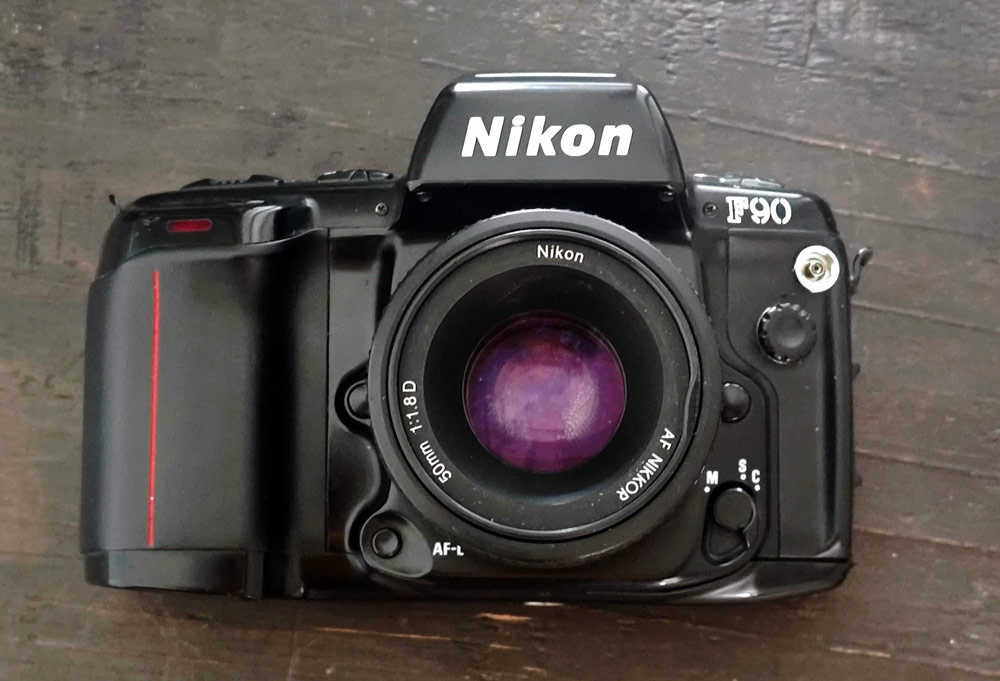
The F word
The Nikon F90, known as the N90 in the US, was made in Japan between 1992 and 2001, and is best described as an enthusiast/semi pro SLR – though many full-time pros ended up using it, too.
Designed as a ‘catch-up’ to Canon’s then superior autofocus SLRs, the Nikon F90 was also compatible with the first generation of Nikkor lenses featuring an internal focusing motor.
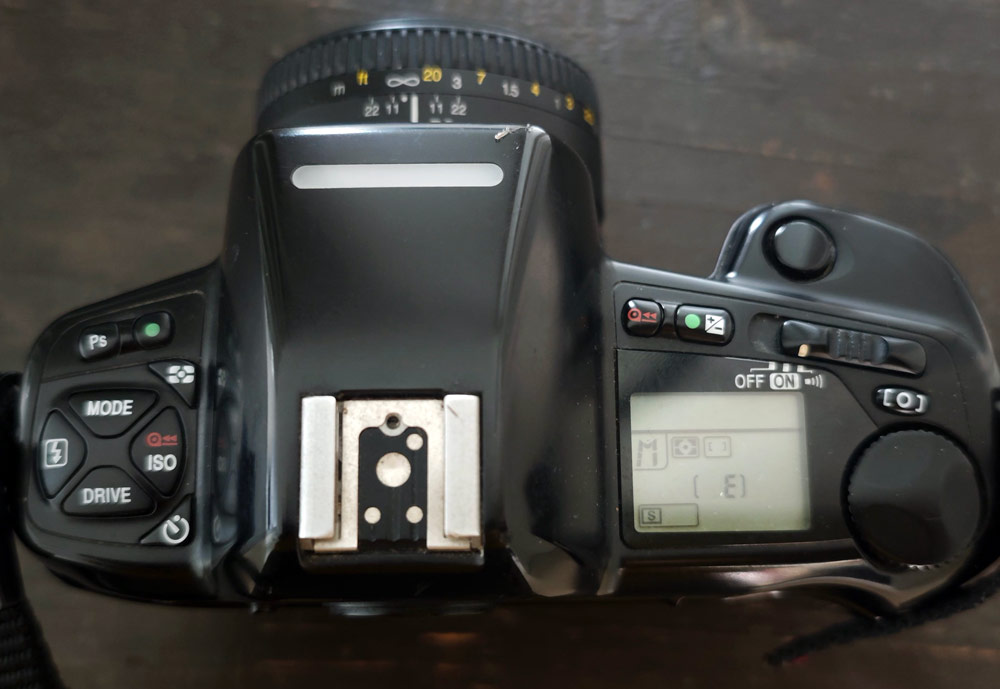
As well as the basic (by modern standards) single point and continuous AF, other key features include PASM exposure modes, matrix, centre weighted and spot metering modes, a top shutter speed of 1/8000s, a flash sync speed of 1/250s and 3D TTL flash metering.
Power is provided by four AA batteries, which you can buy just about anywhere, and, of course, the F90 takes a vast range of older, keenly priced Nikon F lenses.
You could also go for the upgraded version, the F90x/N90s, which has somewhat more sophisticated AF, a faster frame rate, better weather sealing and another minor improvements. It costs a bit more on eBay or from dealers, however.
So easy to use
Anyway, specs and upgrades aside, I love my F90 and recommend it to anyone. Don’t worry if you’ve not used a film camera for a while or never used one at all: the camera’s manual is widely available online, so it takes about 10 minutes to get up to speed.
I’m not the most dexterous photographer, so the automated film transport is a delight compared to loading/rewinding film with older, fiddlier SLRs; DX coded film is also recognised automatically, and manually setting or adjusting the film speed is child’s play.
Good photography is challenging enough, without worrying about whether you’ve loaded the film properly or set the correct ISO.
Basic but effective autofocus
I mentioned AF earlier, and yes, the options are limited compared to a modern mirrorless camera. You can choose between Single Servo and Continuous Servo – and both work well, particularly when paired with a good lens.
In fact, it’s a relief not to have to worry about lots of complicated AF options and subject detection modes – you just focus (focus and recomposing is very easy) and take the damn picture. There is also a simple rangefinder function when focussing manually, and it’s also effective, as you’ll see later.
Yes, I wouldn’t use the F90 for fast-moving bird or motorsport photography, but so long as you remember the camera’s limitations, I’ve found it to be ideal for documentary, portrait, travel and landscape shots.
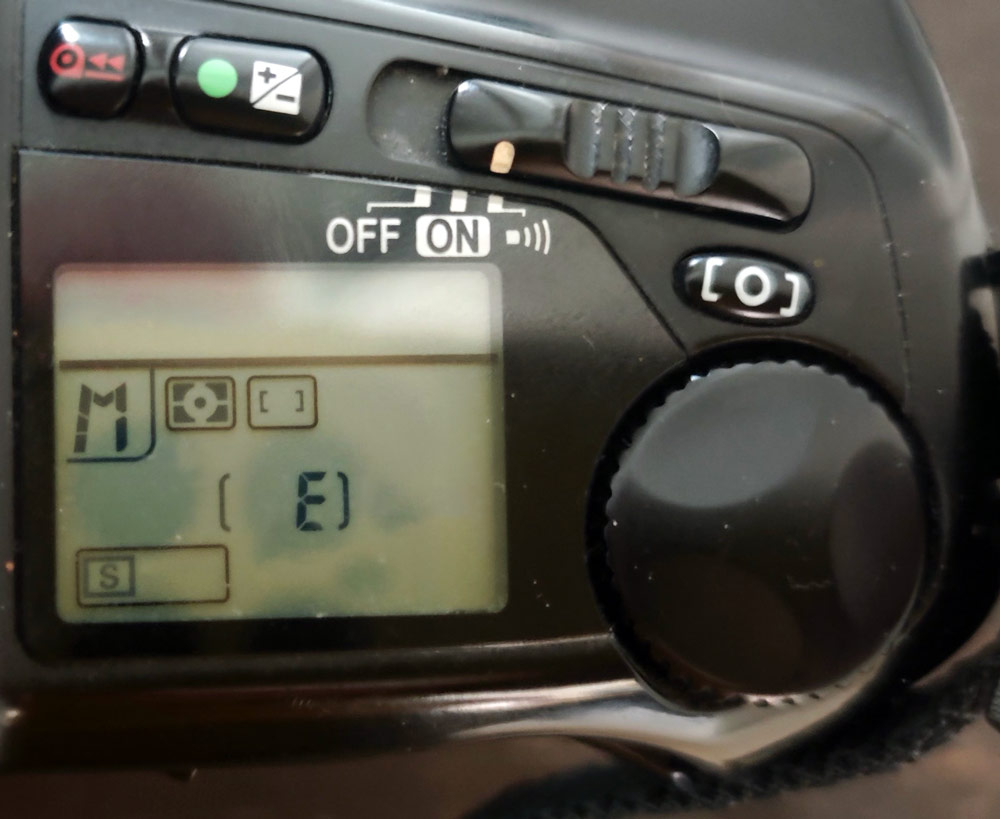
Looks aren’t everything
So why is the F90 something of a forgotten classic, especially as it’s now so cheap? However much I like the camera, it’s no style icon. The F90 has a plethora of rather shiny plastic over the metal chassis, so design wise, it looks its age. The camera feels more 90s than an untucked-in shirt or Britpop compilation.
The F90 is not a particularly discreet camera either, measuring 154 x 106 x 69mm and weighing in at 755g. The shutter mechanism is quite noisy too, so the F90 is not an obvious choice for candid street photography. For me, these are minor drawbacks, however.
Indeed, I’m feeling rather smug, as for less than the cost of a travel tripod or fancy backpack, I’ve bagged a solid, reliable and very versatile film camera that takes me back to a more pure and authentic photographic experience.
My advice is to ignore the hipsters and camera-style pundits with their daft haircuts and faffy Leica M3s – the Nikon F90 is an excellent budget film-camera choice, with all the benefits of AF and automated film transport. Snap one up now before the rest of the world realises what a modern classic this camera is, and prices go up accordingly…
Nikon F90 sample images*
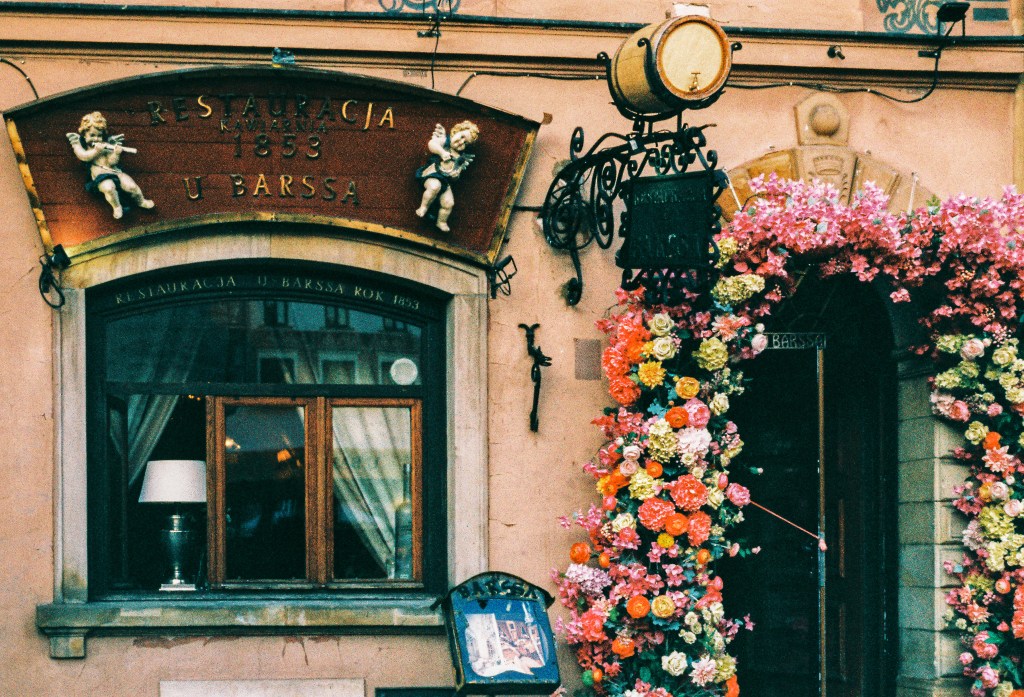
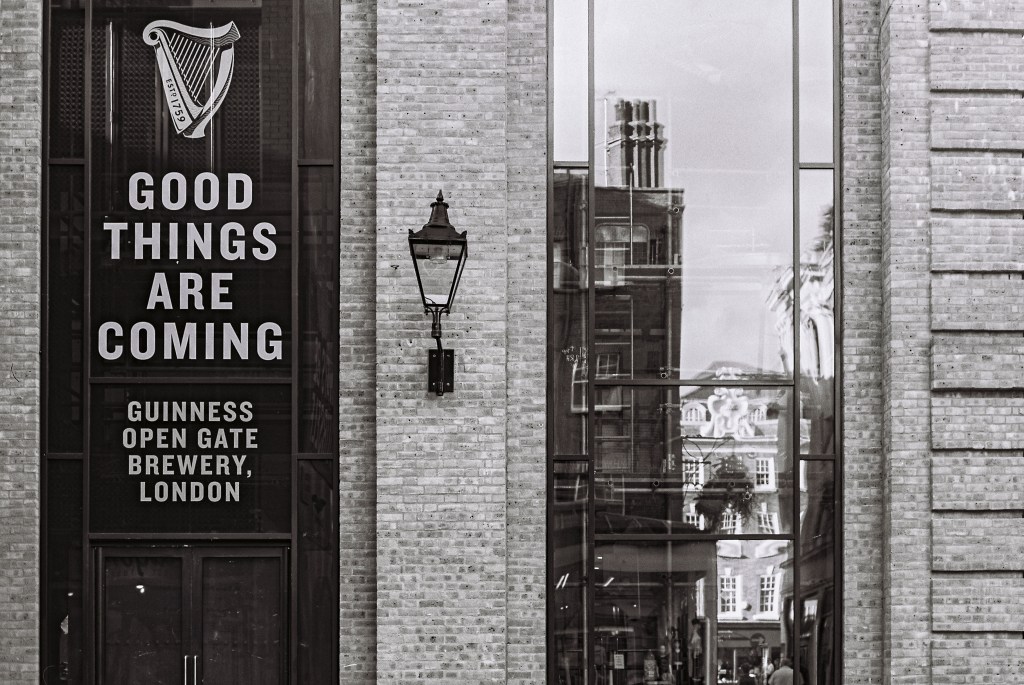
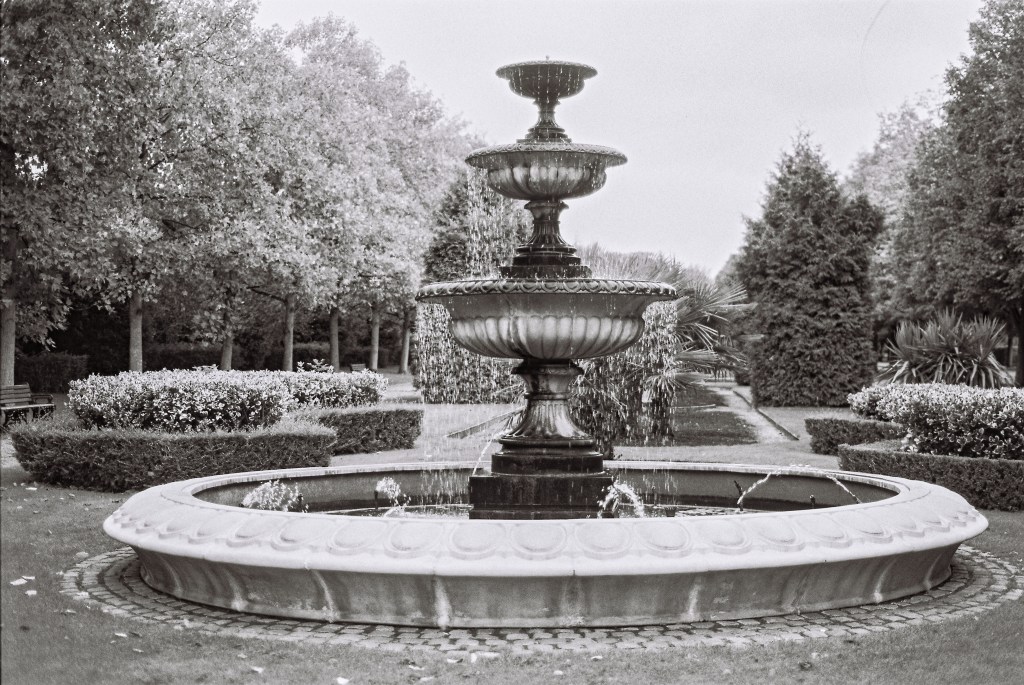
*A big shout out to Photographique in Bristol for developing and scanning the images so quickly. They come highly recommended.

